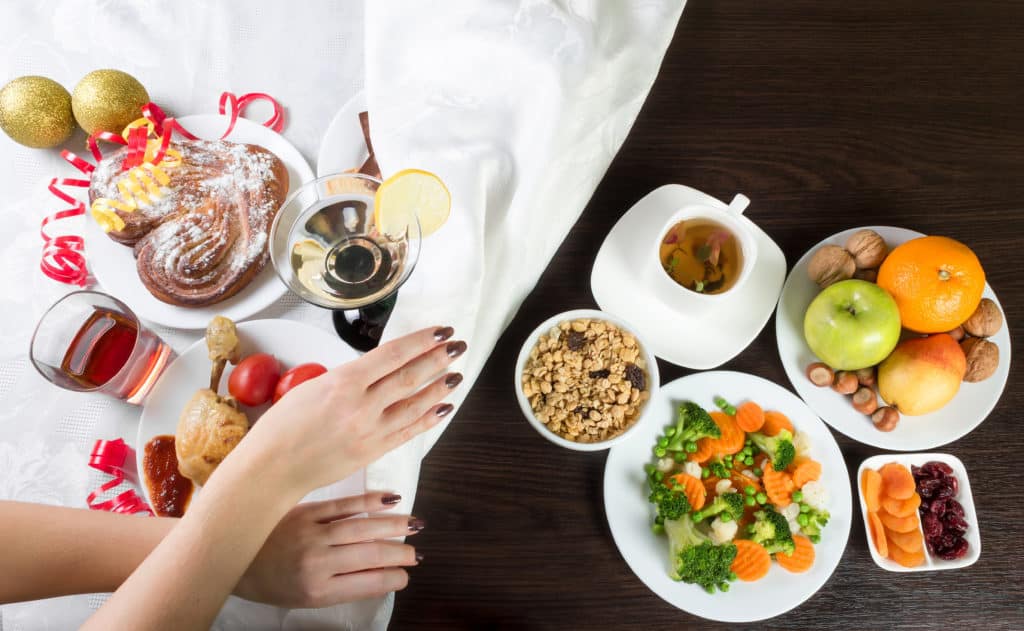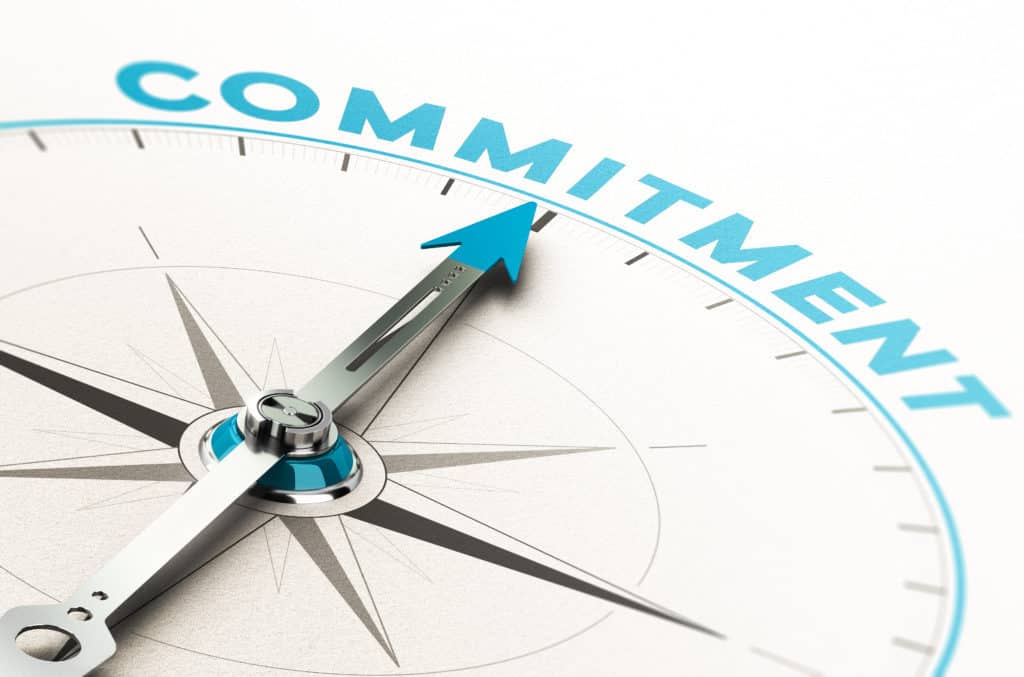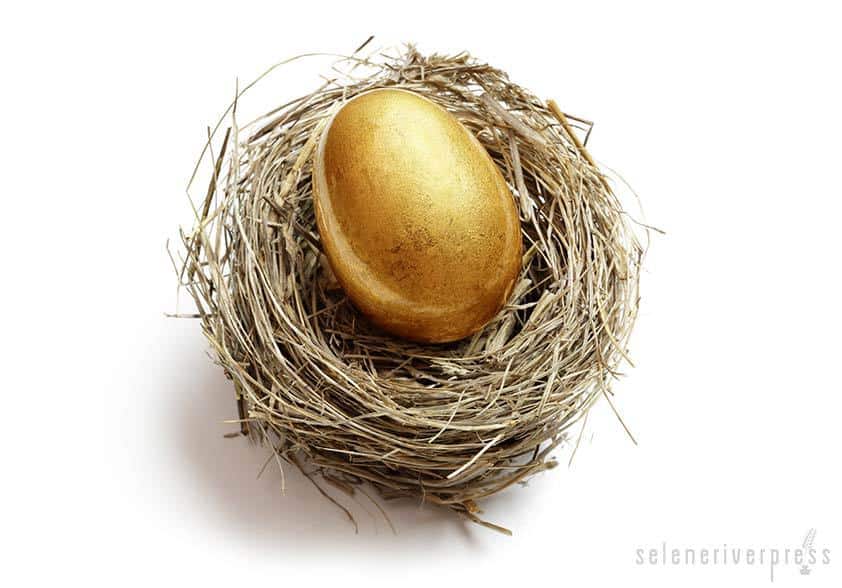I recently recalled an event from the long distant past, when I was waiting for a good friend to pick me up for some fun. Not having the time to start any particular worthy project, I turned on the TV. I should mention that my television time, both then and now, is very limited. Other than elections, catastrophic incidents, and other major news events, I’m not an avid TV watcher. These days, I tend to learn about what’s important by listening to a few radio talk shows and audio CDs that focus on health.
What appeared on the TV that day long ago turned out to be somewhat providential. I was relatively young, and having fun was the only thing on my mind. Nevertheless, I turned to a program about money investing by the still famous Suze Orman. Though I was reared in a relatively poor home, my mother was a wonderful cook who used whole, fresh foods, made her own whole grain breads, and nurtured beautiful gardens—but investment was never even mentioned! Perhaps that’s why I found myself so fascinated by Orman’s presentation regarding money.
I had a meager job shortly after graduating from high school, and college was but a dream at the time. I just didn’t see myself attaining the amount of money I thought I’d need to start investing. But after my friend finally arrived, and we embarked on our latest popcorn and movie venture, I kept thinking about the word “portfolio.” It was a great–sounding word—and darn it, I wanted one! But how? That was the big question for me.

A few days later, I happened to be perusing some Adelle Davis recipes (in my youth, she was a noted health guru). By that time in my life I was attracted to healthy foods, much like my mom. In an instant, a thought occurred to me: maybe I couldn’t have a “financial portfolio,” but I could have a “health portfolio.” I’d fill it with healthy recipes, health tips, and even my own recipe ideas. Vittoria! (Italian for victory.)
As a matter of fact, that small decision helped start my lifelong journey seeking out and practicing a lifestyle that, despite many bumps along the way, led me to a healthier retirement, especially as compared to others around me. So many of my friends and neighbors—with their little oxygen tanks, walkers at too early an age, blue spots on their arms, and a myriad of other issues—are finding the already difficult experience of aging is much less joyful than it could have been. If only they too had invested in their own health portfolio, perhaps they wouldn’t be living in broken bodies!
The Components of a Successful Health Portfolio
My health portfolio has worked great for me, but it was still a hit–and–miss endeavor. As I prepared this blog post, I wondered what my original components might look like today for newcomers.
(But first, as a side note for my readers, I found a great list of the fundamental steps you can use to build your own financial portfolio. If you’re looking to increase your monetary wealth, you can use these tips as an outline for creating a financial portfolio that works for you.)
Now, here is my suggested outline for a building your own health portfolio:
#1. Commit to change: This step will be very difficult unless you’re truly committed to changing your present hit–and–miss habits for attaining superior health.
There is one main question you’ll need to answer: Will I primarily want my health to be directed by holistic methods or allopathic Western medicine? If you’re committed primarily to a holistic mode of living and only using allopathic medicine for select situations and/or diagnosis, then you may consider yourself a good candidate for this particular health portfolio program.
For instance, many of my clients don’t believe that a heart condition can be rectified almost solely with a change in diet and Standard Process whole food supplements. For whatever reason, clients I’ve worked with simply don’t understand or recognize the common sense and power of holistic medicine. In fact, they’re true skeptics of anything natural! Because of that, they’re fearful of not following their allopathic doctor’s recommendations for medications that lower cholesterol and/or taking dangerous blood thinning substances.
Your commitment to a holistic approach to health can be supported in several ways. For instance, you can join the Weston A. Price Foundation and follow their dietary guidelines. You can look for a local Weston A. Price chapter and ask for recommendations. And you can find a committed holistic practitioner or nutritionist to help you understand and accompany you on this lifelong journey.
#2. Pay off your debts: Debt is possibly the single most stress–producing problem in creating an unhealthy life. You can read about my own journey to eliminate debt in my post “End of Year Review.” Add to your health portfolio the suggestions that I write about, which have now allowed me to use that precious energy to invest in other more health–giving endeavors.
#3. Restructure your home environment: Most of us don’t truly live wholly in our homes. We primarily snack and sleep there. (Smile) I know it sounds a bit sarcastic, but one of the services I provided when I had my practice was to visit the homes of those interested in transitioning away from the Standard American Diet (or SAD, which is primarily made up of high sugar, simple carbohydrates, packaged and processed foods, vegetable oils, and caffeinated beverages) to a diet of whole, fresh organic foods, whole grain breads, healthy animal fats, fermented foods and beverages, and Standard Process whole food supplements.
Part of your home restructure might include tossing out all of the SAD foods in your cabinets and replacing them slowly with whole foods. Making room for home cooking and eating are major contributors to your health portfolio. Avoiding restaurants is also a major effort in that direction. You’ll find a great approach to this exercise in Stephanie Selene Anderson’s wonderful guide to healthy food shopping Put Your Money Where Your Mouth Is!
#4. Try this holistic practice of great value: I have one particular suggestion that has helped numerous clients relax, sleep better, and enjoy a sense of well being that few of us give ourselves the necessary time for. What is it? The anointing of your body with oil. To see why this is so vital and health–giving, please read my blog post “Anointing Your Body with Oil.”
#5. Read at least one of my blog posts weekly and share it with your loved ones: It may seem somewhat self–serving, but you’ll truly find a wealth of information when you start reading through my blog posts that, over the years, have made a difference in people’s lives. In them you’ll find a lifetime of my experiences and the journey that my own health portfolio has taken me on. To learn more, visit my “Tips from the Traditional Cook” blog.
[xyz-ihs snippet=”Begin-Authors-Note”]Afterthoughts from the Traditional Cook
Dear Friends:
Would you sincerely like to improve your overall health or help bring healing to a current health issue? If yes, I can testify that there must first be a serious willingness to replace activities that do nothing to nourish the body, mind, and soul with those that genuinely do!
Without this commitment, you’ll no doubt flounder. And later you’ll say, “It didn’t really work for me!” This commitment may even mean reconsidering your career or working less hours. Or, as in my own case, reducing my involvements in clubs, organizations, and other worthy but time–consuming endeavors that kept me from being able to focus on the one thing that will—and did—allow me to do more: better health!
[xyz-ihs snippet=”End-Authors-Note”]Note from Maria: I am a Certified Natural Health Professional, CNHP, not a medical doctor. I do not diagnose, prescribe for, treat, or claim to prevent, mitigate, or cure any human diseases. Please see your medical doctor prior to following any recommendations I make in my blogs or on my website.
Image from iStock/BrianAJackson (main image), katiko-dp (foods on the table), Olivier Le Moal (commitment sign).



